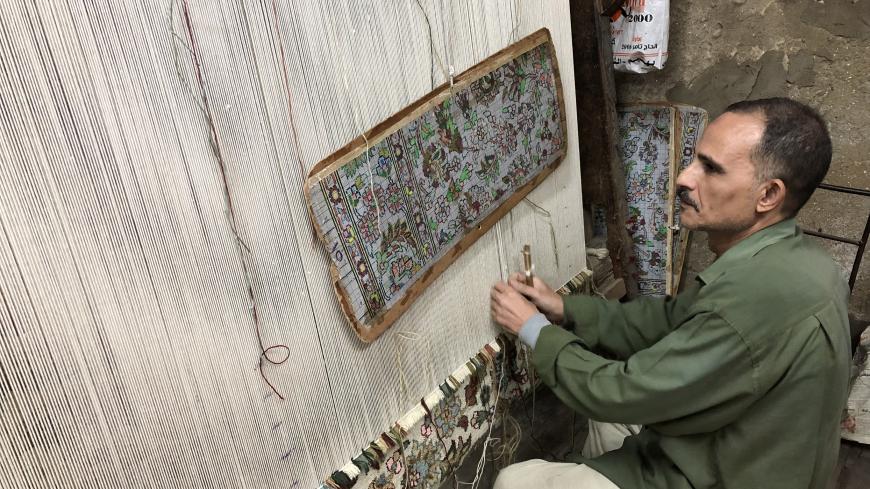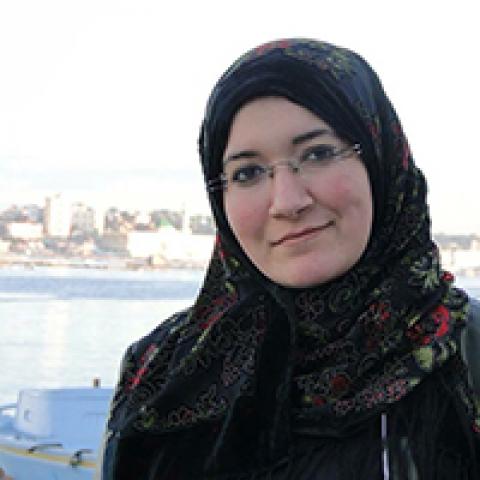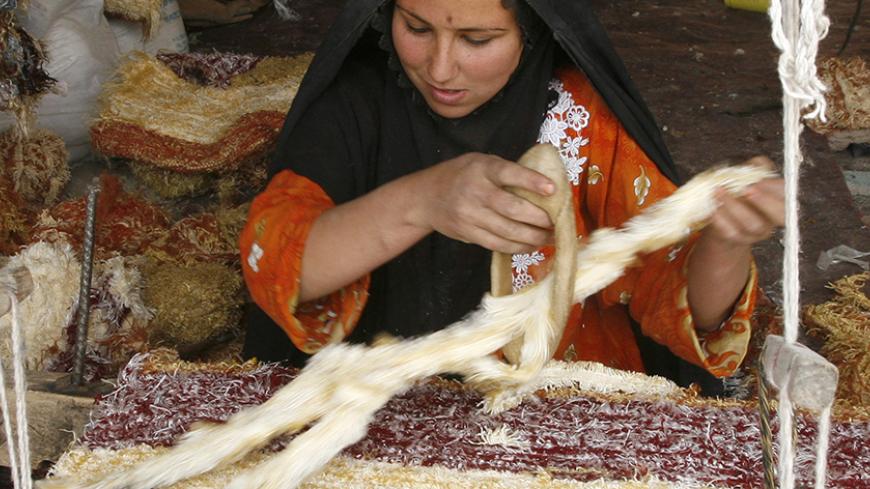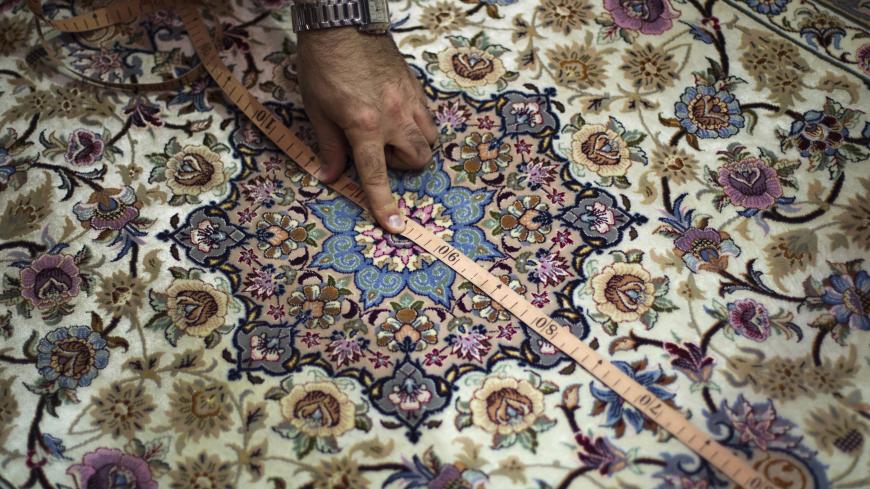
Power cuts, cheap imports fray Gaza's handmade carpet industry
Subscribe for less than $9/month to access this story and all Al-Monitor reporting.
OR
Create an account for a 7-day trial to access this article and all of AL-Monitor.
By entering your email, you agree to receive ALM's daily newsletter and occasional marketing messages.
















![- PHOTO TAKEN 29NOV05 - A woman weaves a kilim carpet as a way to contribute to the household income in a workshop in Hakkari province, the most remote southeast province in Turkey, November 29, 2005. [In the shadows of mountains bordering Iraq and Iran, Turkey's Hakkari province may one day be an outpost of the European Union. But for now, it feels cut off from the world. Picture taken November 29, 2005.] - RTXO1TP](/sites/default/files/styles/article_header/public/almpics/2015/08/RTXO1TP.jpg/RTXO1TP.jpg?h=f7822858&itok=_rpOlF8b)
